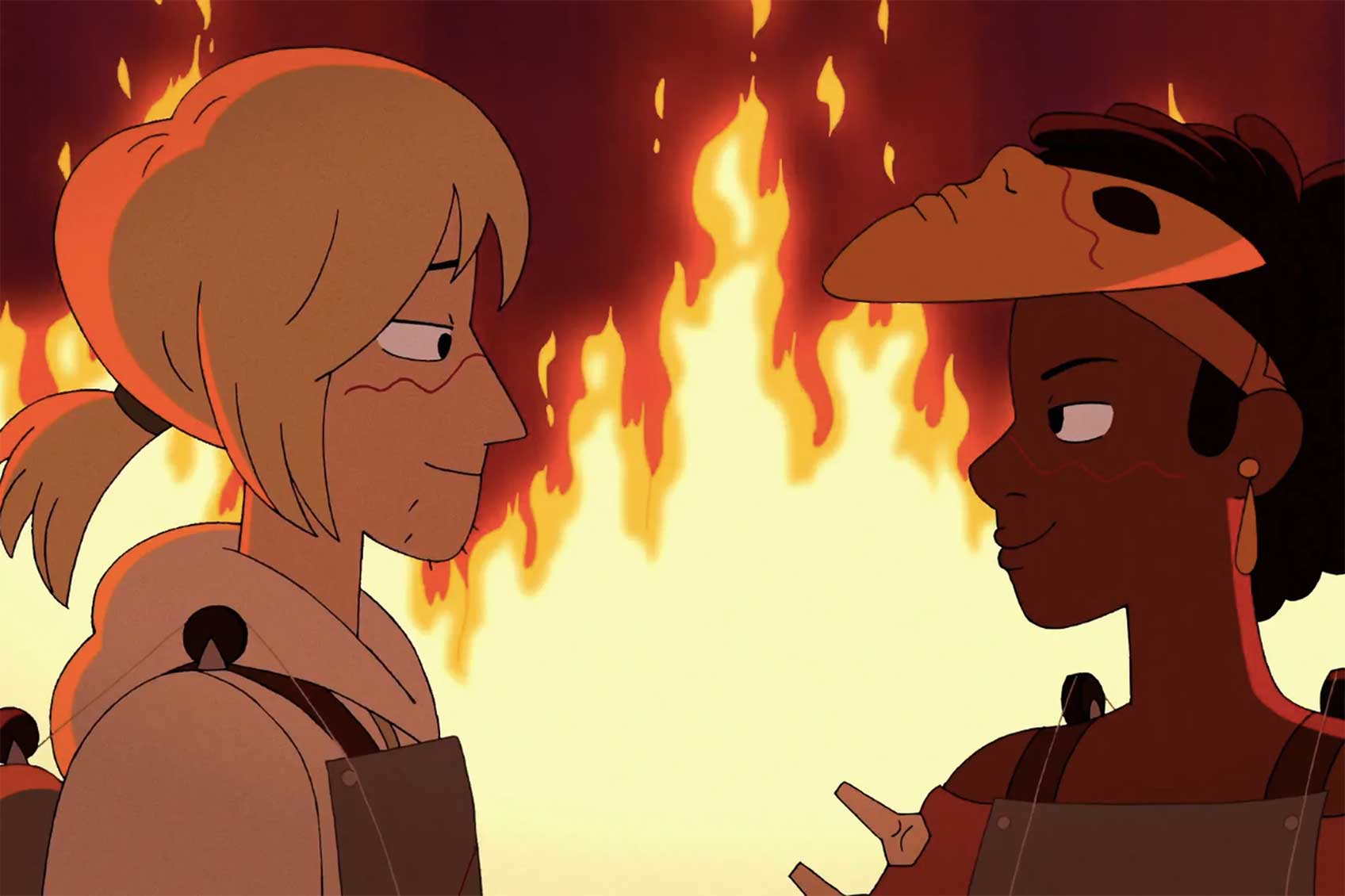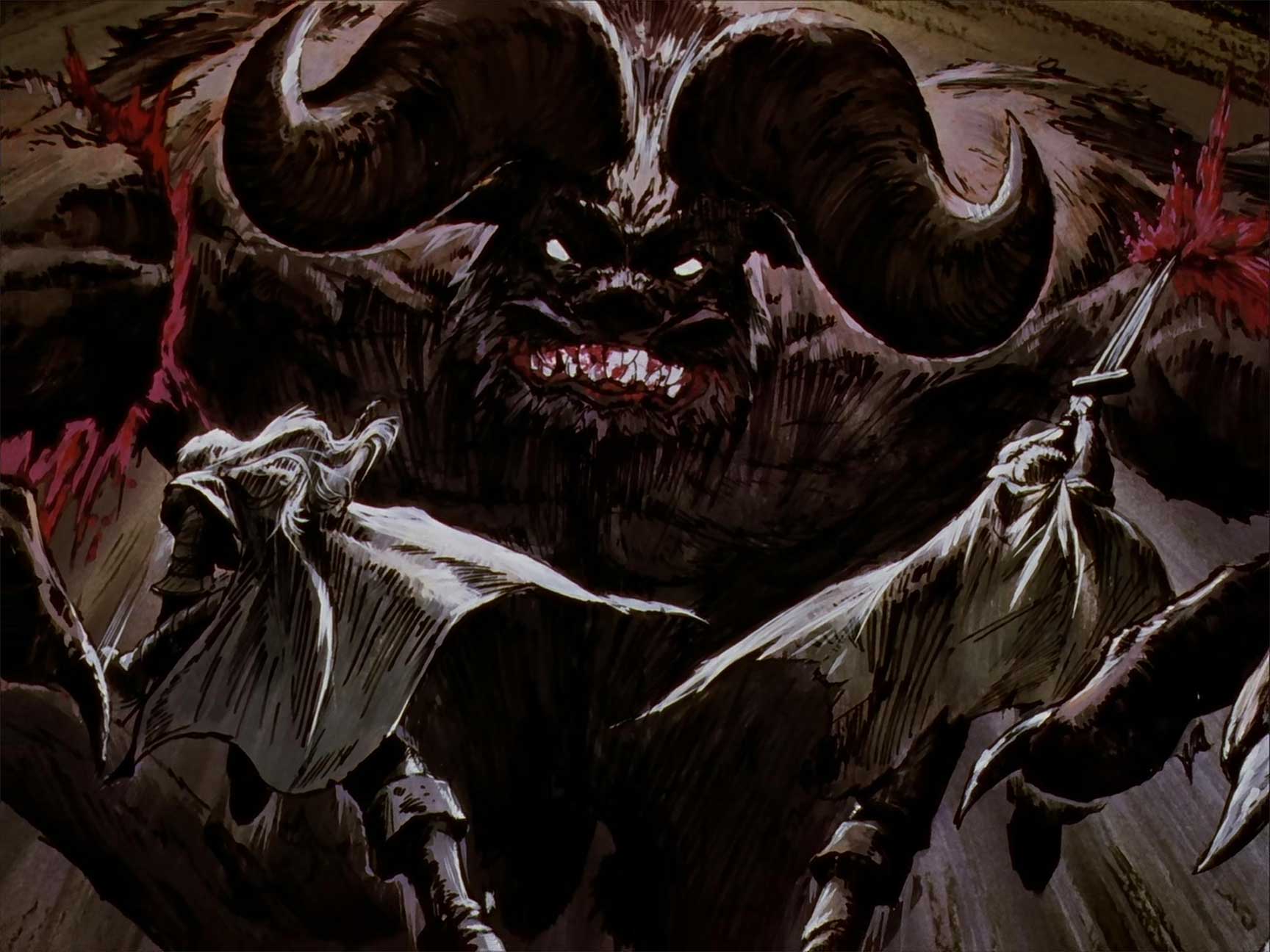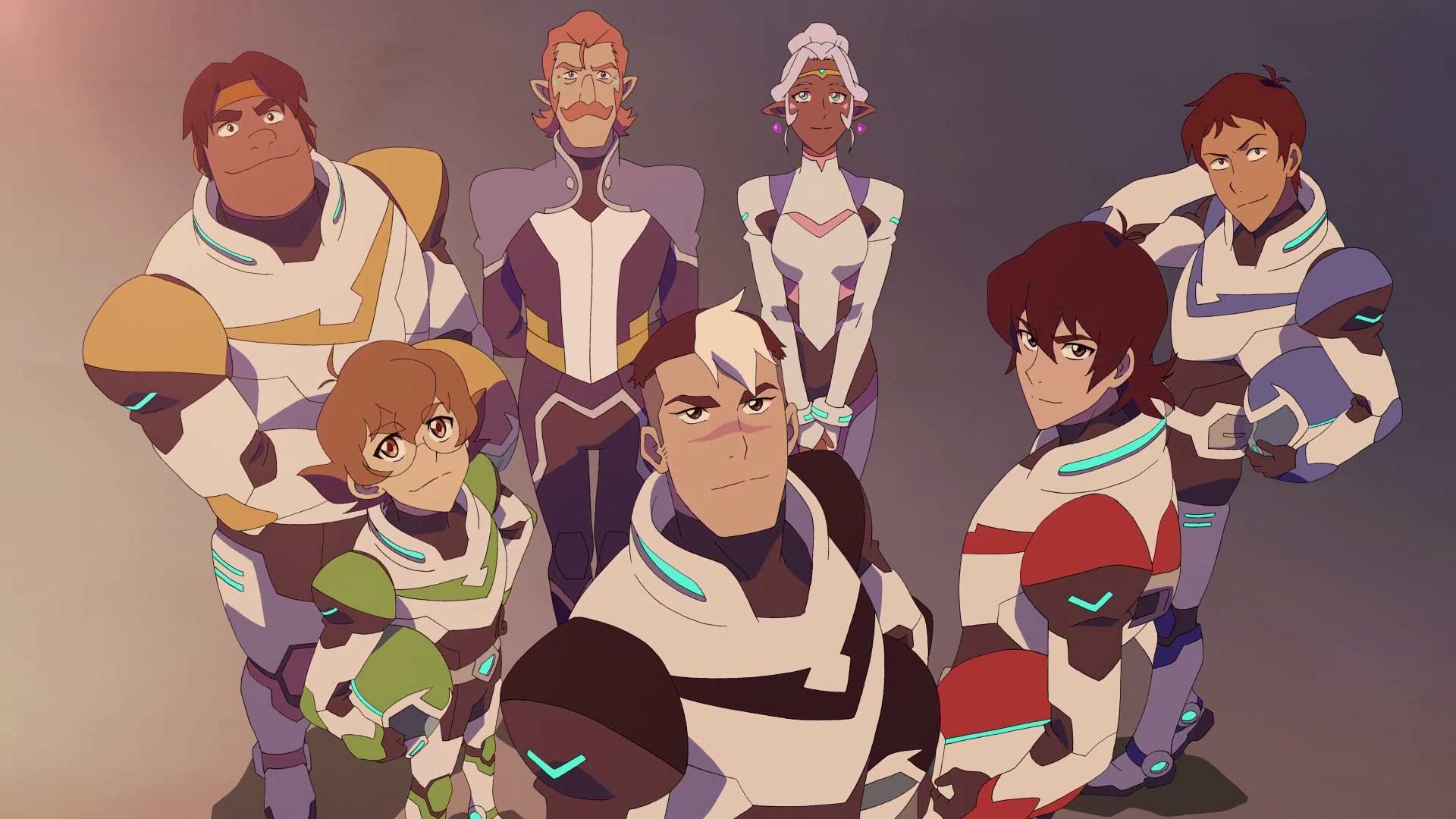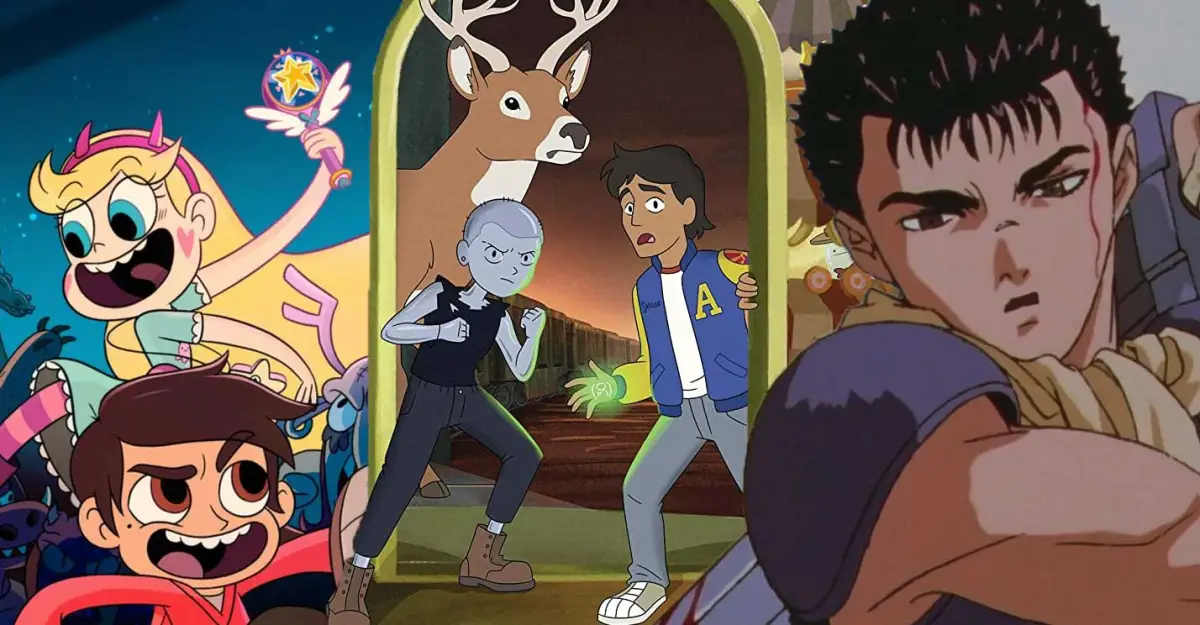In an increasingly digital age, having a large physical media collection is uncommon. With the advent of streaming services and subscription services and the convenience of digital libraries, it’s simpler and more efficient to have everything digitally. Even as someone who collects media physically, I admit that sometimes I don’t have enough physical space to store the media I love. But I won’t ever give up on physical media because I understand the need to have some kind of material preservation and documentation of media, especially in the wake of HBO Max’s mass cancellations and content removal.
When HBO Max removed 36 titles from its library last month, the majority of them were animated shows that didn’t have any form of physical media. While some of the shows did have some DVD printings, like Aquaman: King of Atlantis and Pac-Man and the Ghostly Adventures, most of these shows just never got one. Regardless of the overall quality of each show or even if you ever watched them, the fact that shows can be so callously removed is disheartening. It reflects a general lack of respect towards animation, and simply put, animation needs better physical media preservation, on a global level.
It only makes things worse that, once HBO Max removed the aforementioned shows, the odds of their ever getting physical printings effectively plummeted. Take the most high-profile animation cancellation, Infinity Train. The critically acclaimed and highly underrated animated series had four seasons by the time it was canceled, two of which premiered on Cartoon Network, while the latter two seasons were HBO Max Originals. The two Cartoon Network seasons received DVDs about a year or so after each season concluded, while the HBO Max seasons never received a DVD print.

Now that the show has been wiped from existence by its parent company, if you wanted to rewatch Infinity Train quickly and easily (and legally), you could only watch the first two seasons. Half of the show isn’t being physically preserved for future generations.
And of course, this resulted in any physical copies of the show immediately being scalped for hungry buyers, fearful that the show is gone forever. Yes, it is still available on other streaming services (at a premium), but who’s to say that the show will remain on these streaming services forever? Once the rights expire, they’ll be gone too, only those two seasons will remain, and you’ll have to pay well over a hundred dollars just to rewatch them. It’s the same situation as when Konami delisted P.T. and you had people selling their PlayStation 4s for insane prices just because they had P.T. downloaded on it. The fact remains that just because something is digital doesn’t mean that it’s going to be around forever.
Animation in particular has been developing an appalling reputation as disposable by major companies and streaming services. Whenever you hear about companies like Netflix making budget cuts, they usually cite the animation division as one of the main cutting points. The morale for fans of the genre is pretty low right now, but the morale gets downright subterranean when a company can just callously delete a whole work of animation from its platforms, effectively making it as if the show never existed. With so little respect for the genre, it’s no wonder that companies appear indifferent to preserving the art and only look at maximizing profit and engagement.

It’s galling that not even a popular property is safe. Take Berserk, one of the most lauded manga of all time. The original 1997 anime was licensed by Media Blasters, which did a handful of DVD releases of the series throughout the 2000s but lost the rights to produce physical media of the series by 2013. Since then, the only way to experience the original anime has been to pirate it. Netflix did announce that it will be streaming the 1997 version of the series shortly, but there will be no physical media run made.
The reality is that, if a streaming service like Netflix wants a show, it’s going to want to make sure it stays exclusive. It’s one of the reasons why a lot of Netflix-original anime has stayed on Netflix and hasn’t received physical media; if they did, then there goes potential viewers and precious engagement. Sure, it’s a great moment to have a show like Berserk available to view legally again. But that doesn’t alleviate the problem since, once the deal with Berserk’s parent company, Nippon TV, expires, fans will be right back to where they were before with no way to legally watch the show in English. The same applies to most of Netflix’s anime original titles like Little Witch Academia, Beastars, and Komi Can’t Communicate.
But that logic doesn’t make sense when some shows receive partial physical releases and are intentionally left incomplete. She-Ra and the Princesses of Power and Voltron: Legendary Defender are two Netflix Originals that had physical media releases of some, but not all, of their seasons. For She-Ra, seasons 1-3 received a DVD release while seasons 4 and 5 did not, and Voltron had seasons 1-6 released on DVD with seasons 7 and 8 left in limbo. Who does that serve? What benefit is there to releasing some of a show physically but not all of it? It may come down to a rights issue among Netflix, Dreamworks, and the original IP holders, but it’s still disheartening to see a show be physically incomplete.

Then again, those are the lucky shows though, since there are countless series that never had any physical media run at all. You have more modern shows with devout followings, like Star vs. the Forces of Evil, The Owl House, Maya and the Three, and Tuca & Bertie among many others, that just don’t have physical media. All it takes is for the rights of these shows to expire or for their parent companies to cut costs by not paying residuals for these shows to be gone forever. For as much talk companies want to make about living in a digital age and the benefits of streaming, they’re not making the effort to preserve these titles. They view these works of animation as products meant to get viewers subscribed to their services, but they’re actually expressions of art that need some form of physical preservation to prove that they were here.
It’s unclear if any of the aforementioned shows will ever get physical releases, either on Blu-ray or DVD. The way things stand, with the amount of respect that animation receives in the modern entertainment industry, it’s highly likely that they won’t. For the moment, that may not be a problem for some. You still have them on Netflix, Disney+, or wherever you like to stream your favorite shows. But that’s only the current state of affairs. Media needs physical preservation, and that includes animation. Animated shows need to be collected and preserved for others to watch and to be reminded that they did exist. And if that means I need to get another bookcase to store the shows that I love and think need preservation, then so be it.






Published: Sep 4, 2022 11:00 am